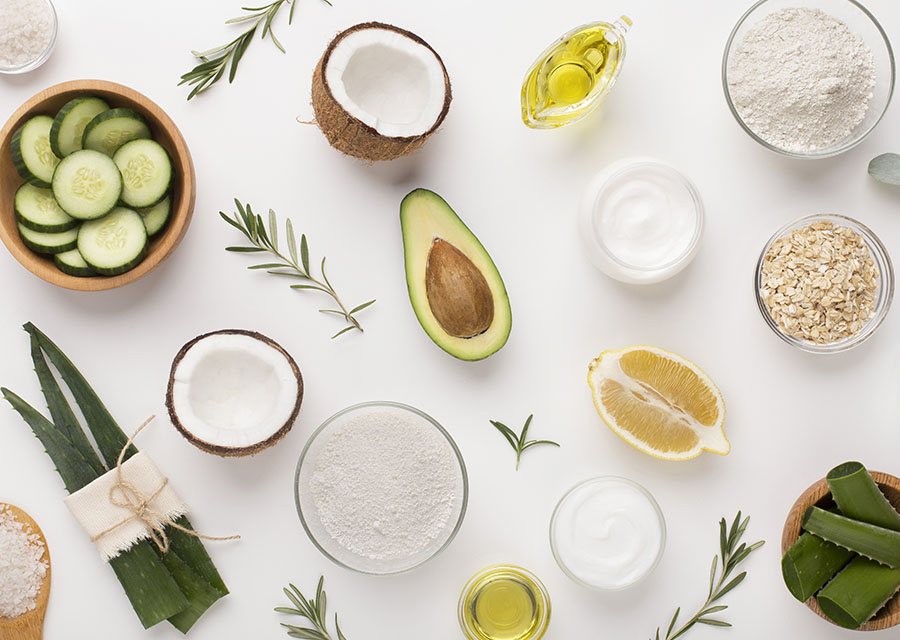
83 Pore Clogging Ingredients to Avoid If You Have Acne RaeDerma
There are lots of reasons. Some highly pore-clogging ingredients give the product a smooth, elegant feel. But the same properties that make it feel smooth and elegant make it glide down into your pores and stay there, blocking them. Some give make-up its color.

PoreClogging Ingredient List SkinGloss
Ingredient Lists. This page includes several lists. The pore clogger list includes ingredients that score a 2-5 on the comedogenic scale (some may score 1-2). The Comedogenic Scale is not always black and white either. A lot of oils for example may have a score of 2-3 but due to their fatty acid breakdown, they are fine.
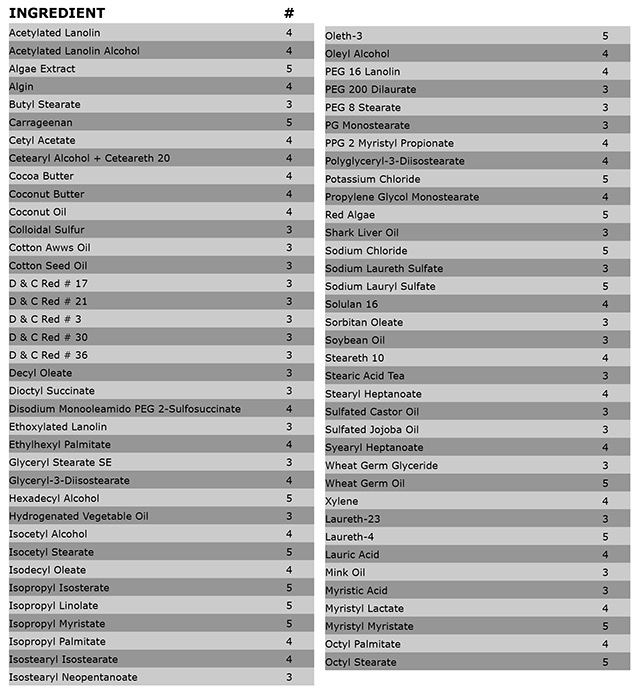
Pore Clogging Ingredients in Skin Care Aroma Essence Skincare
Chlorella Chondrus Crispus (aka Irish Moss or Carageenan Moss) Coal Tar Cocoa Butter Coconut Alkanes Coconut Butter Coconut Oil Colloidal Sulfur Cotton Awws Oil Cotton Seed Oil Corn oil D & C Red # 17 D & C Red # 21 D & C Red # 3 D & C Red # 30 D & C Red # 36 Decyl Oleate Dioctyl Succinate Disodium Monooleamido Ethoxylated Lanolin

A full list of pore clogging ingredients to keep away from your
1-hexadecanol Acetic acid hexadecyl ester Acetylated Lanolin Acetylated Lanolin Alcohol Acetylated wool fat Acetylated wool wax Adansonia digitata l. Agar Ahnfeltiopsis concinna extract Alaria esculenta extract Alga bladderwrack Algae Algae Extract Algin Alginate Alginic acid Algea Aphanothece sacrum polysaccharide
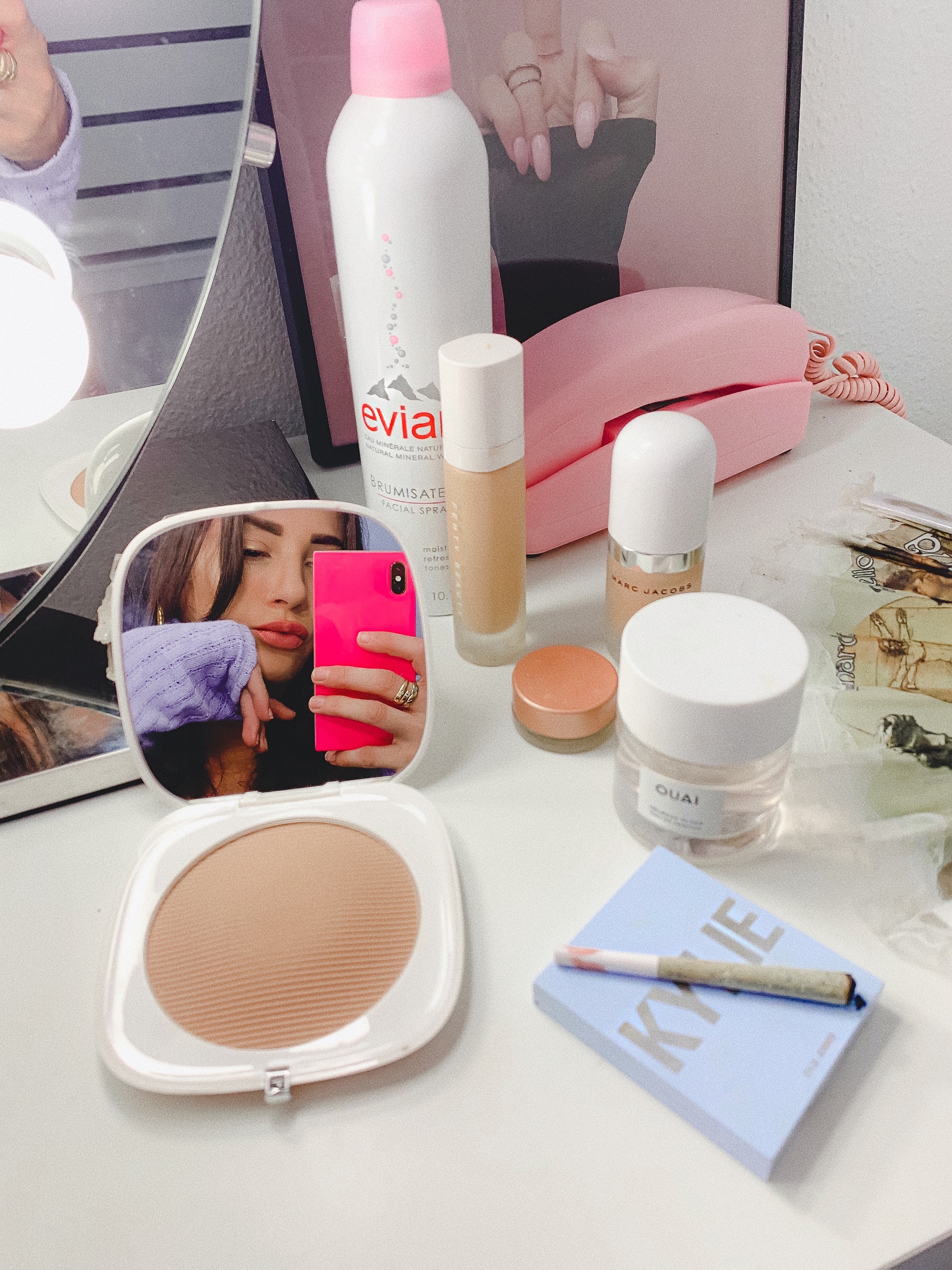
Let's Talk PORE CLOGGING INGREDIENTS (full list + my clean beauty faves!)
(Olive) Oil (Shea) (Shea Butter) (Soja) Acetylated Lanolin Alcohol Algae Algae Extract Algin Apricot Oil Avocado Avocado Oil Babassu Oil Baobab Butyl Stearate
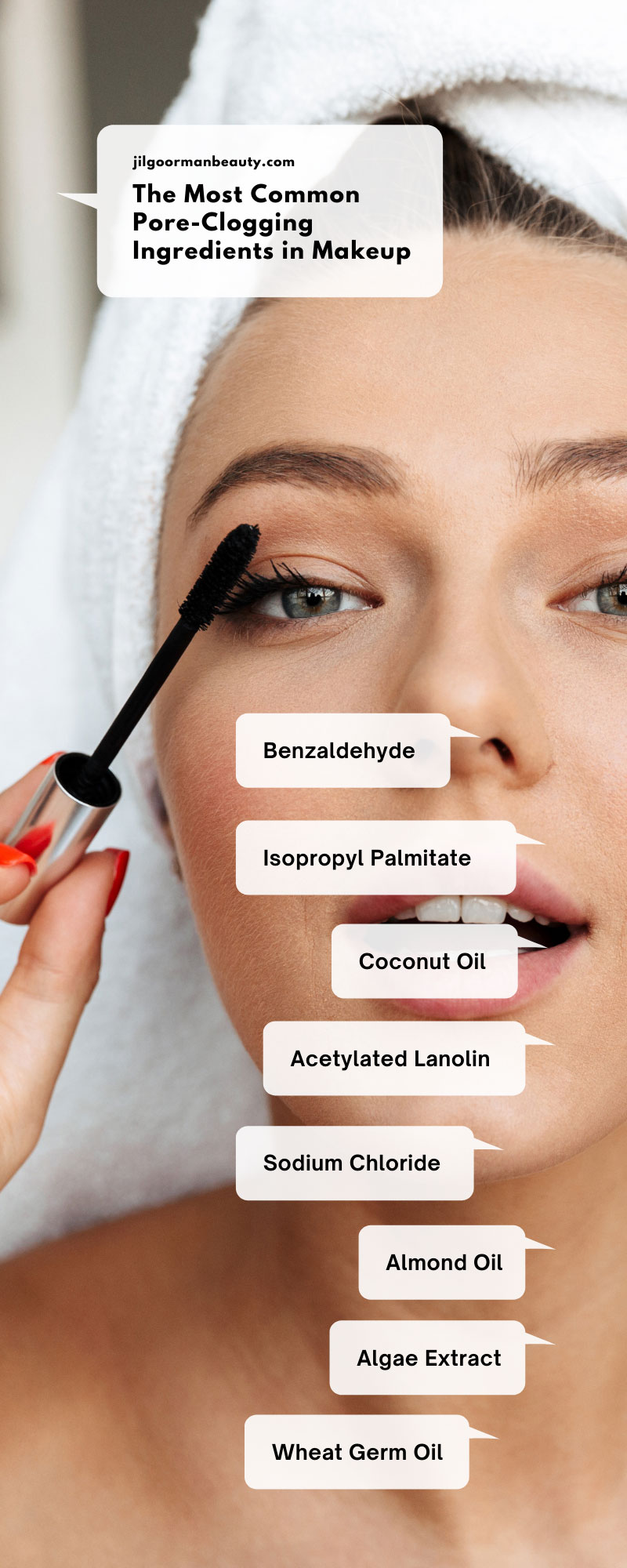
The Most Common PoreClogging Ingredients in Makeup Jil Goorman Beauty
What's Considered a Pore-Clogging Ingredient? "Pore-cloggers are comedogenic ingredients in skincare and cosmetics that are thicker than our natural oils and therefore create a plug inside of our pores," informs Gronich. When an ingredient's molecule size is larger than our natural sebum, they block our pores, causing breakouts to form.

unclog your clogged skin pores with these 5 simple but very effective
All acne lesions start with clogged pores, which are called comedones. Comedogenicity is a scientific term that describes the potential of a substance to cause comedones. In other words, when a substance is comedogenic, it is likely to clog pores and lead to acne. To test a substance's ability to clog a pore, scientists can use two methods:

PORECLOGGING INGREDIENTS LIST 1+1 SKINCARE
Clogged pores contain a buildup of dead skin cells, oil, dirt and bacteria. What are clogged pores? Clogged pores develop when dead skin cells, oil or dirt get trapped in your pores. Pores are tiny openings in your skin that release oil and sweat from your glands. Clogged pores can lead to acne. Clogged pores are common on people's faces.

Pore Clogging Ingredients Ingredients That Clogs Pores San
Copy the comma separated ingredient list only and paste it into the form field on the right. Select what type of product you are entering and select your skin type. Hit 'Check' and get the results! If pore-clogging ingredients are identified, those ingredients will be highlighted in RED.

11 Pore clogging ingredients.pdf OneDrive Comedogenic, Skin care
If clogged pores remain blocked, they will often form a comedone - a blackhead or whitehead - and can also turn into a blemish or pimple. When a pore is blocked, the skin continues to produce oil but this oil and the dead skin and sweat that would normally escape through the pore become trapped and can cause acne to form. III All forms of acne, including blackheads and whiteheads, begin.

Comedogenic (Pore Clogging) Ingredient List Comedogenic
Some common pore-clogging ingredients include spirulina, coconut oil, seaweed, olive oil, cocoa butter, shea butter, and sodium laureth sulfate (SLES). Skincare companies can claim that these products are safe for the skin and promote clear skin, yet they actually possess a chance to clog your pores.
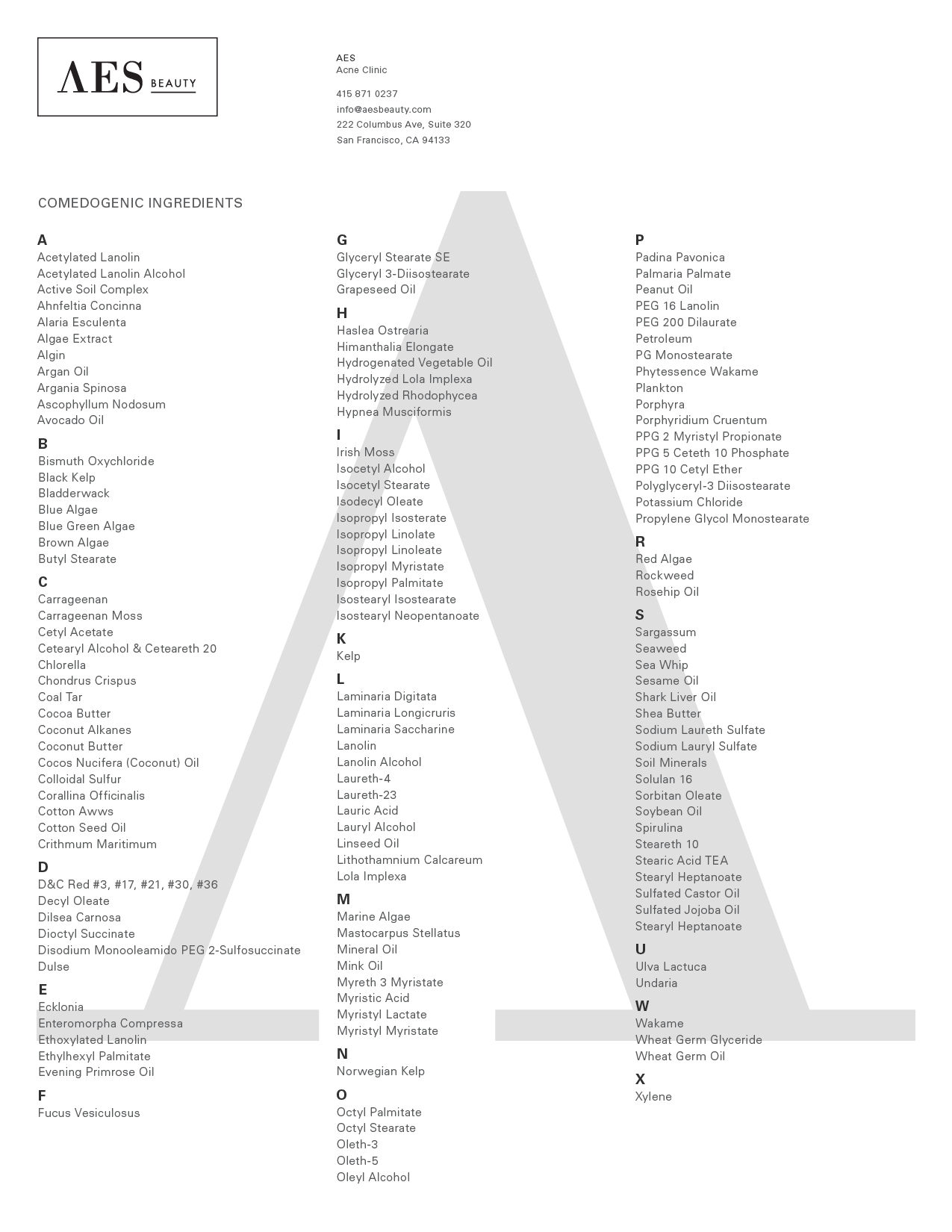
Comedogenic List Poreclogging ingredients to avoid if you have acne
By incorporating these practices into your daily skincare regimen, you can effectively prevent clogged pores and promote clear, radiant skin. Top 10 Pore Clogging Ingredients. Mineral Oil. Mineral oil, a commonly used ingredient in skincare and cosmetic products, can be a major culprit in clogging pores. It is derived from petroleum and forms a.

PoreClogging Ingredients
Coconut Oil All three dermatologists we spoke with called out coconut oil as a common offender. "While it has a variety of health benefits, it's highly comedogenic, especially when applied on the the face," Palm explains.

Check Your Skincare Products for PoreClogging Ingredients in ONE Easy
Pores generally clog because sebum oil produced by the skin mixes with dirt, dead skin cells, pollutants, and other comedogenic ingredients in skincare products. While sebum production is necessary to keep the skin hydrated and protect the skin barrier, excessive sebum production can lead to clogged pores and acne.

The Ultimate Guide to PoreClogging Ingredients in Your Makeup
Acetylated Lanolin. Almost every list of the most common pore-clogging makeup ingredients ranks acetylated lanolin as the number one comedogenic ingredient. This ingredient is primarily used as a skin-softener and moisturizer. It comes from sheepskin and often messes with the skin's natural sebum production to create breakouts.

pore clogging ingredients list Body hacks, Oil free, Natural oils
1-2: Caution | 3-5: Avoid When it comes to acne, pore clogging ingredients are often a big catalyst for chronic acne breakouts. Unfortunately, many popular makeup brands, haircare brands, and body care brands contain pore clogging ingredients that wreak havoc on acne prone skin. To ensure your skin clears (and stays clear), make sure to avoid